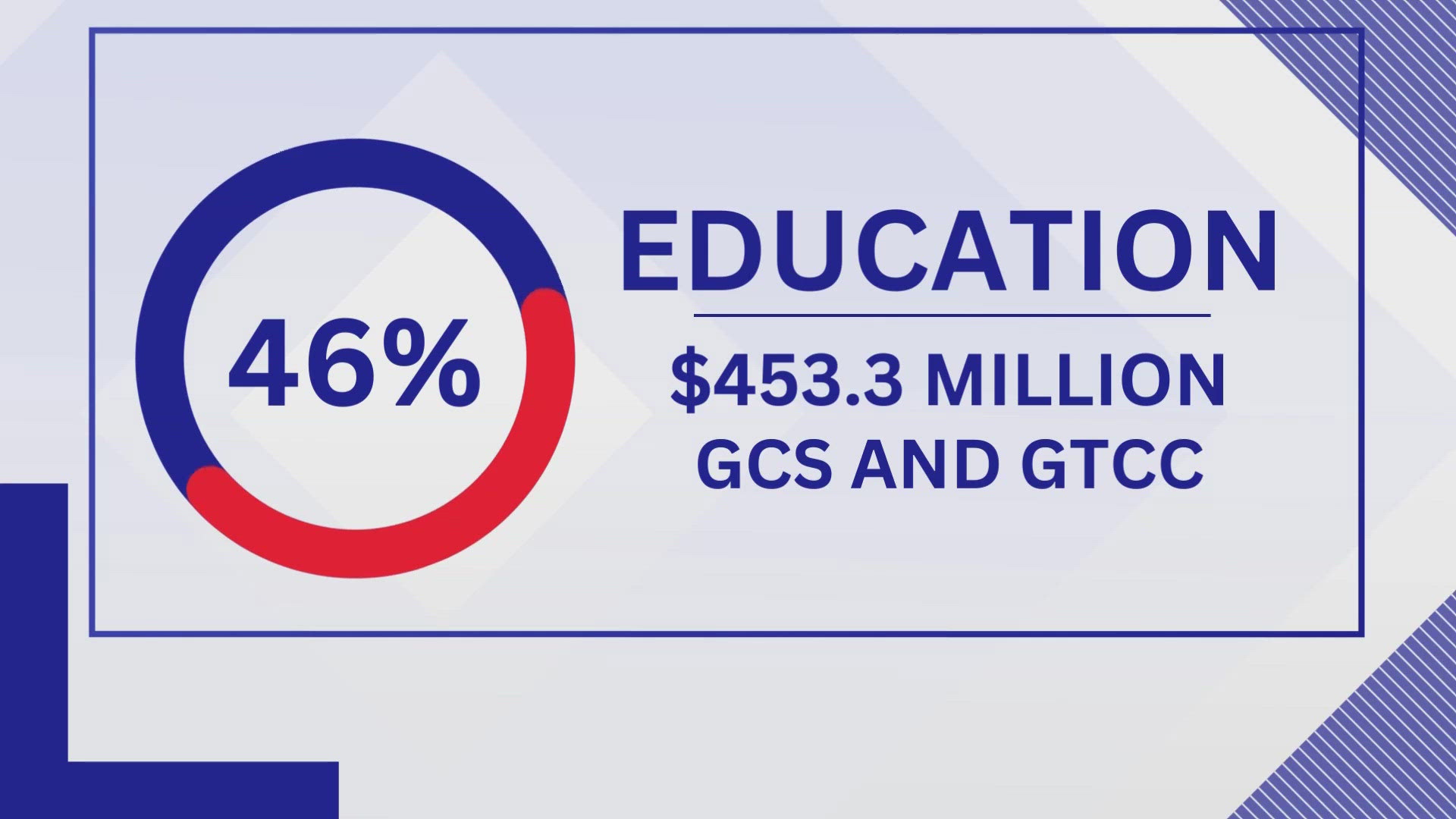America's recovery from the Great Recession has been slow and painful, especially with respect to the housing market. The collapse of housing values left many homeowners "underwater," owing more on their mortgages than their home was worth at current market value.
Homeowners fell further behind due to lingering recession effects, driving the percentage of underwater homes from approximately 3 percent in 2006 to nearly 29 percent of all mortgages by the end of 2012.
HARP Program Extended Again, Soon To Be Replaced
HARP (Home Affordable Refinance Program) was launched in 2009 to help these distressed homeowners refinance their current loans with more favorable terms. Loan-to-value (LTV) mortgage ratios as low as 80 percent are eligible for refinancing under HARP, but HARP loans are often applied to mortgages with 95 percent or greater LTV values.
After multiple extensions, HARP had finally been scheduled to close at the end of 2016 (along with its companion program HAMP for those in near-foreclosure situations). However, the Federal Housing Finance Agency (FHFA) recently announced one final extension of HARP through September of 2017, at which time a new assistance program will appear to replace it.
On to the Tougher Cases
Why is this change taking place? Because there are still too many Americans who need help with their mortgages and still qualify for such help. While the program has served over 3.4 million borrowers throughout its lifetime, FHFA estimates that over 300,000 mortgage holders still qualify for assistance. Only 18,310 refinances were completed during the second quarter, representing the lowest rate of refinancing since 2009.
In other words, the current program may be heading toward a point of diminishing returns, and it's time to change tactics to reach the remainder of those in need. The extension of HARP is designed to give FHFA time to define and refine the new rules while giving underwater homeowners a viable refinancing option.
The new program targets those with loans backed by either Fannie Mae or Freddie Mac, the mortgage-related government-sponsored enterprises (GSEs) run by FHFA, who are dealing with limited equity and a high LTV ratio as the major refinancing roadblocks. It does not have a name yet (although there is probably a Department of Housing Acronyms somewhere, working feverishly on one).
Eligibility requirements for the new program are similar to that of HARP. Borrowers must have a documented income source, and must not have missed any payments in the last six months and no more than one payment in the last 12 months. There is no minimum credit score, no maximum LTV, and no maximum debt-to-income ratio (DTI).
The new program requires that a borrower receive a tangible benefit from the refinance either through a reduced monthly payment on principal and interest, a lower interest rate, a shorter term, or greater stability such as a switch from a variable to a fixed-interest rate. (This begs the question: why would you refinance without one of those benefits in the first place?)
Changes include the removal of a cutoff date (HARP eligibility required loan origination prior to June 2009), and the ability to refinance more than once under the new program as long as the qualifications are met each time. There is also no target ending date as there was with HARP (although HARP itself provides evidence of the questionable value of an end date for a government program).
If you have an existing HARP loan, you have already been helped and are not one of the primary targets of the new program. Therefore, you cannot refinance an existing HARP loan unless you have refinanced out of HARP using a "traditional refinance product" of Fannie Mae or Freddie Mac.
Helping Homeowners Rise above the Surface
A Bloomberg article suggests that the new program will only provide benefits for borrowers who have minimal equity in their homes — less than 5 percent equity via Freddie Mac and less than 3% equity via Fannie Mae. That's consistent with the new program's goals.
Using the new targeting method, HARP's replacement program is likely to shift the emphasis toward those who are further underwater yet still have the resources to make regular payments — those who represent a win-win situation for borrowers as well as GSEs. If a homeowner has the resources to make payments and is only being held back on refinancing by more rigid, one-size-fits-all criteria, it only makes sense to modify the criteria and bring them back into the fold of beneficiaries.
Lower payments and better terms represent a lower risk of default, and that is good for all parties involved. Lenders and the GSEs don't want your house; they want your money.
As for those without sufficient resources to demonstrate the likelihood of repayment, the options are less pleasant. HAMP is also scheduled to expire in December but there is no direct replacement planned. The FHFA introduced a program for principal loan forgiveness in April, but that only reaches a small percentage of the serious underwater homeowners (less than 1 percent of those with LTVs of 125 percent or greater, according to a Realty-Trac estimate in May).
The hope is that with an improving economy and rising home prices, some of the seriously underwater borrowers who would have had difficulty under the previous HARP program will be able to qualify for the new program — although that remains to be seen without further details.
The Takeaway
If you need mortgage assistance, the new FHFA program announcement is probably good news — but that's not guaranteed.
Assuming you meet the existing HARP guidelines, you still have until September of next year to act if you are afraid that you might fall into the gray area between the programs. If you still have a relatively high LTV ratio but are not underwater, you may be directed to more traditional refinancing options.
Meanwhile, if you are significantly underwater and have not taken advantage of the HARP program yet, you have a decision to make. Would you benefit from aspects of the new program, such as the ability to refinance more than once, or should you take advantage of the existing HARP program extension? It's difficult to assess the best option without the details of the new program.
Meanwhile, if the economy continues on its upward trend, the Federal Reserve will likely resume normalizing interest rates — and as rates continue to climb, the benefits of refinancing are reduced. Eventually, the program should fade away simply because the interest rate should become high enough that too few people will benefit. The majority of people who would benefit from a refinance and qualify for one would have already done so.
Keep checking the FHFA for details regarding the HARP replacement program, and consider whether or not you should take advantage of the extension of the existing program — and if you are not sure of your actions, as always, we recommend consulting a qualified professional in the field.
Meanwhile, why not send in your suggestion for a name and acronym for the new program? Perhaps the Home Equity Loan Plan (HELP)?
If you want to see if you're eligible for HARP, or you just want to save money by refinancing, visit mortgage.amerivalue.com.
This article was provided by our partners at moneytips.com.


